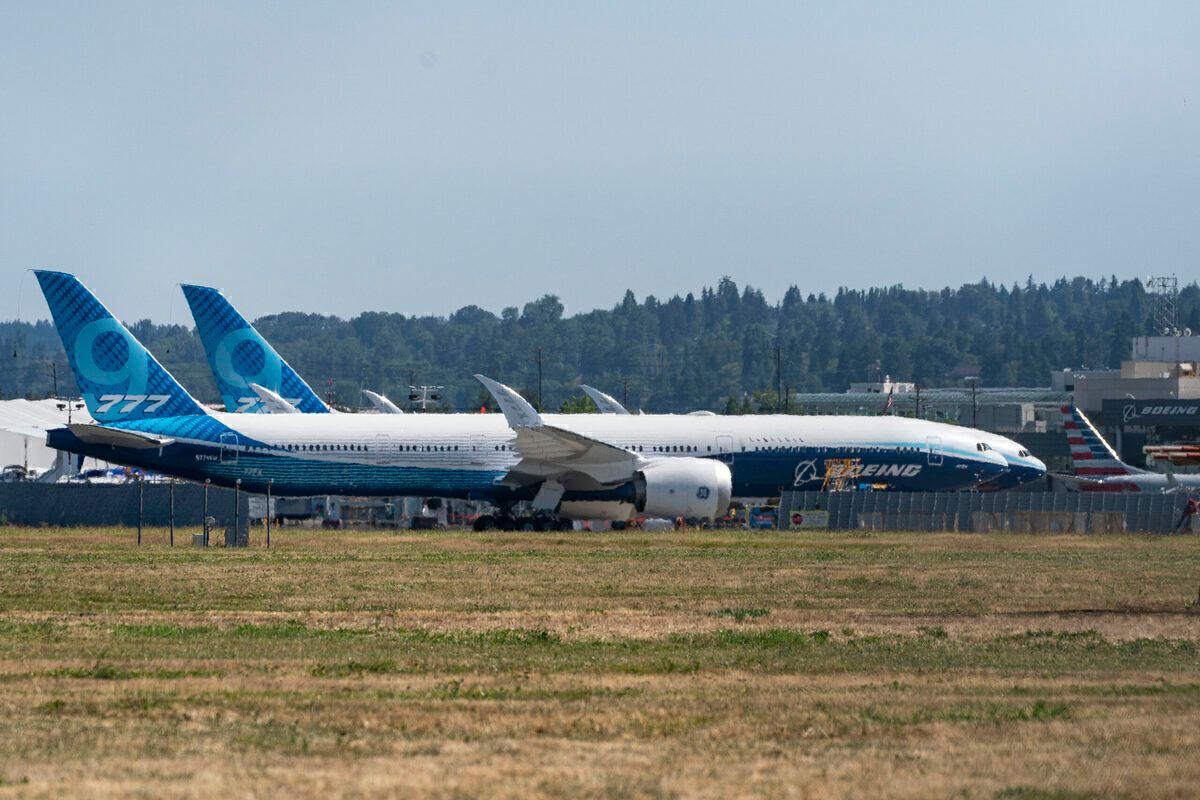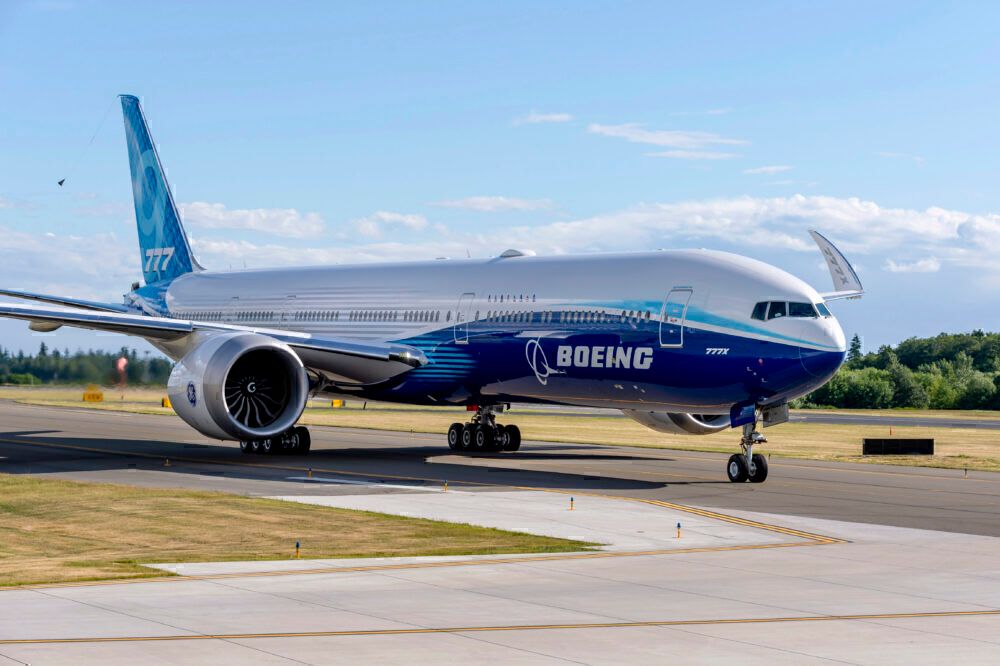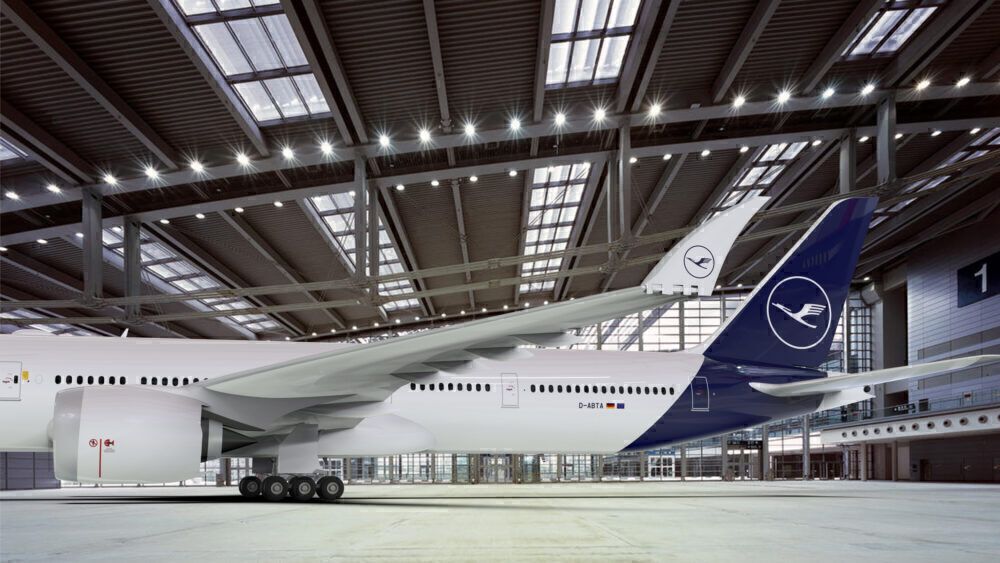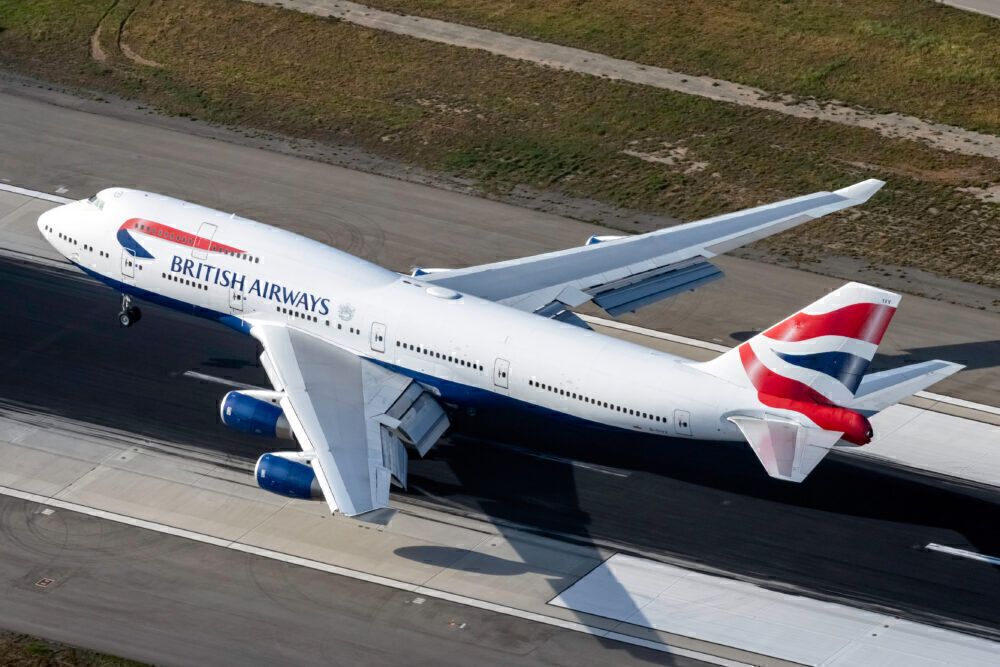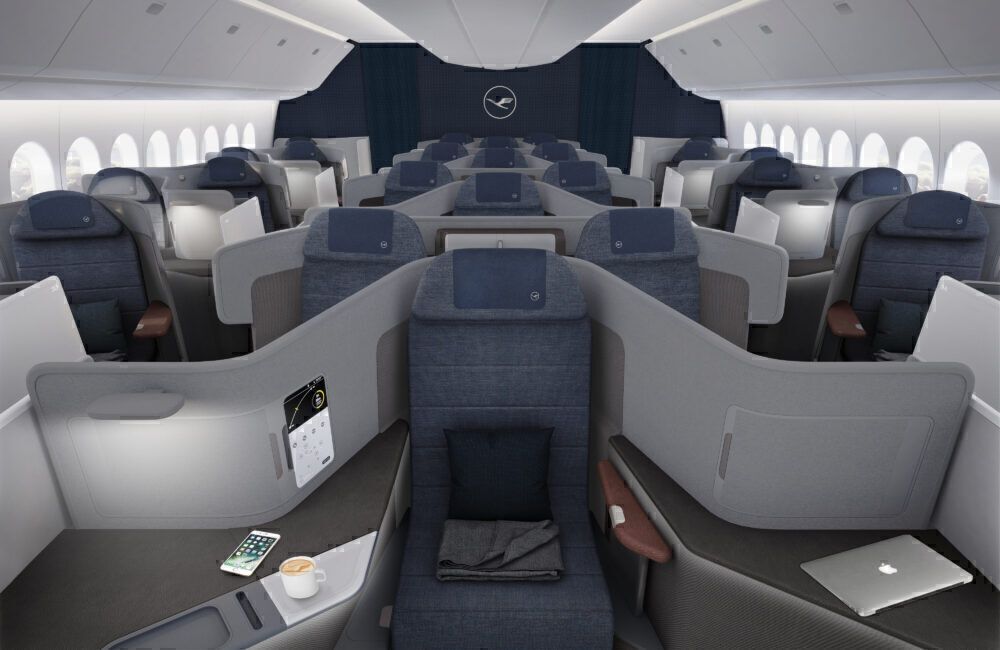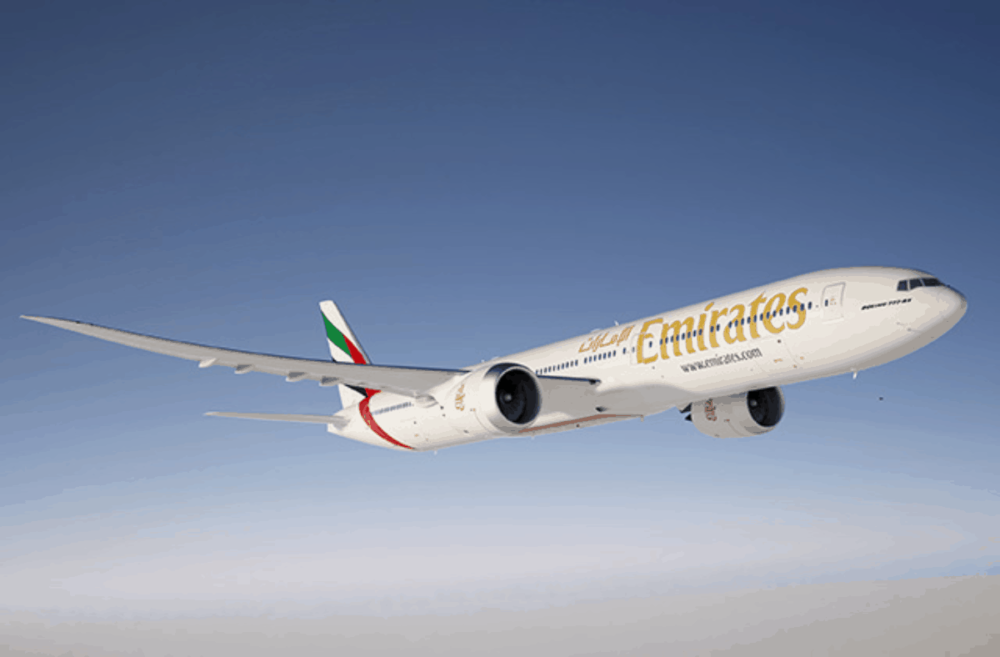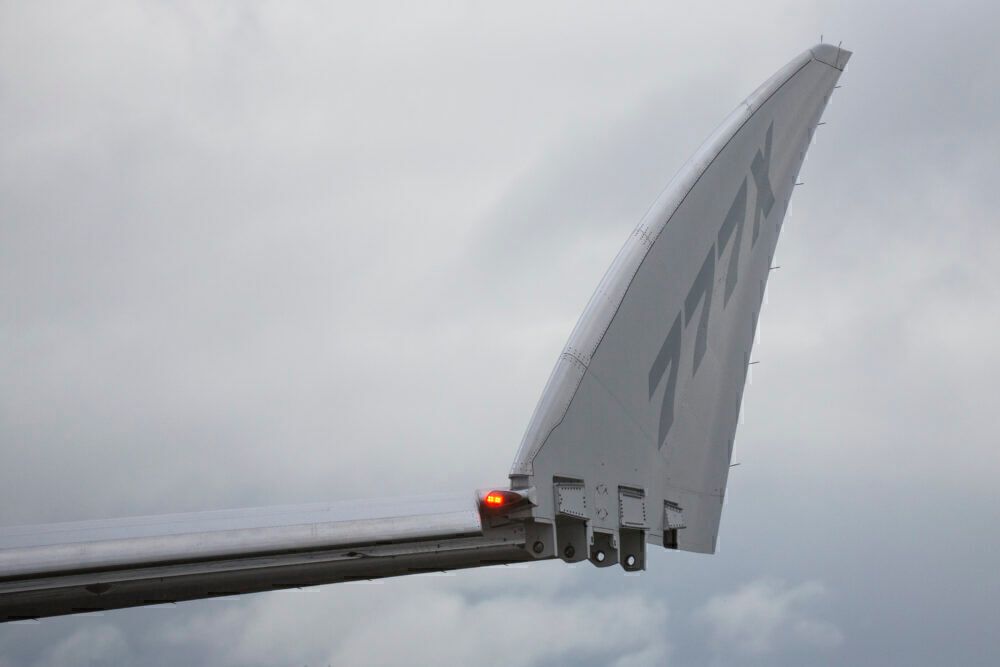The Boeing 777X is not expected to make its first delivery until at least 2023, being delayed due to the current crisis. This has led to some speculation that the aircraft will have underwhelming sales, as airlines eye smaller, more efficient jets. However, the 777X might just be arriving at the perfect time for the post-pandemic market. Here's why.
Delay
The 777X program has struggled with delays for years now, pushing back its first flight from 2019 to January 2020. However, these delays pale in comparison to the impact of the pandemic, which decimated airline demand and saw carriers park their widebodies in deep storage. With airlines looking to shrink their fleets, it was hardly the time to launch a new jet.
The pandemic's impact forced Boeing to delay the first 777X delivery from early 2021 to 2022 and later 2023. Simultaneously, airlines began negotiating with Boeing to defer or delay deliveries of the 777X and possibly even switch to smaller aircraft. The future of the 777X looked a lot less bright amid all of the doom and gloom of 2020.
It's undoubtable that this is not the market hoped to launch its new flagship aircraft. However, with the first delivery planned for the end of 2023, if all goes well, Boeing might be entering at the perfect time for an aviation recovery.
Stay informed: Sign up for our daily and weekly aviation news digests.
All about timing
Launch customer Lufthansa is all set to take delivery of its first 777X in 2023 and was fairly optimistic about the aircraft even during the peak of the crisis. The late-2023 timeline fits extremely well with predictions for a global aviation recovery, with experts estimating traffic to return to 2019 levels by only 2024.
When traffic does return, airlines might find themselves in a capacity shortage for the first time in a while. Many airlines have retired their larger, less-efficient aircraft like the A380s, A340s, and 747s. While this saved valuable cash during the crisis, it also meant airlines lost overall seat capacity in the short run.
This gap in capacity is best exemplified by Lufthansa's recent fleet simplification plans. The airline will let go of all of its aging A340-600s, 747s and possibly of all of its A380s. While this will cut costs in the short term, the airline will have to replace these aircraft in the coming years.
Enter the 777X. Lufthansa has already announced that it plans to take delivery of a whopping 20 new 777-9s between 2023 and 2025, a huge boost to the program. The 777X will quickly become key to the airline's long-haul fleet, alongside the 747-8 and A350. So could Boeing's new widebody become the replacement for the flurry of retirements in 2020?
Capacity
One of the most compelling arguments for the 777X program has long been its efficiency and seating capacity. When it enters service, the 777-9 will be the largest twin-engine aircraft in the sky, all while offering 10% lesser fuel burn than its predecessor. All of this remains a big positive even today, as airlines look to ditch their inefficient aircraft.
In terms of seating, the larger and more popular 777-9 can seat a maximum of 426 passengers in a two-class configuration. This puts the aircraft on par with the Queen of the Skies and only slightly behind the giant A380 (which seats just over 500 passengers usually). While the actual configuration of the 777-9 will be lower than 426, it still offers substantial capacity for those popular long-haul routes.
As passenger numbers slowly tick up, the need for larger aircraft will also return in time. When this happens, the 777X can ably replace the four-engined jets airlines said goodbye to during the height of the crisis in 2020.
In addition to just the number of seats, the 777X also marks several changes in terms of cabin design. Boeing has incorporated the atmospheric changes from the 787 on the latest planes, offering higher humidity and lower cabin altitude. Additionally, airlines have some exciting plans for new seats and first class offerings on the 777X.
Who has orders?
Currently, eight airlines have placed orders for the 777X: Lufthansa, Cathay Pacific, Emirates, Etihad, Qatar Airways, Singapore Airlines, ANA, and British Airways. The last order came in early 2019 from British Airways and there has been little news of new customers since. However, there have been recent changes to the order book.
Of these carriers, Emirates has the biggest order, with 115 aircraft currently on order. The new aircraft will replace the carrier's older 777s, modernizing the fleet. Behind the Dubai-based giant is Qatar Airways which has 60 jets on order, followed by Singapore Airlines' recently-boosted order of 31. No other airline has more than 25 aircraft on order for now.
Notably, no airline has the smaller, longer-range 777-8 firmly on order. Customers Qatar Airways and Emirates have both signaled that they could drop the -8. This lack of interest in the smaller jet means that it has been put on the back-burner in favor of its bigger sibling and could even be axed in the future.
Hurdles to cross
For Boeing, there are many hurdles and pitfalls to clear between now and the first delivery of the 777-9 in late-2023. The manufacturer is currently busy testing the aircraft and preparing it to meet the needs of rigorous regulators globally. As a part of the certification process, the plane has gone through cold soak testing in Alaska and could be heading to Dubai for airline-specific testing in the future.
The next year will prove decisive for the 777X as airlines make final decisions regarding their future fleet plans. However, as aviation begins recovering, Boeing's largest jet is well-suited to fill in the gaps when they arise.
What do you think about the future of the 777X? Will more airlines order the jet or will airlines scale back their orders? Let us know in the comments!

